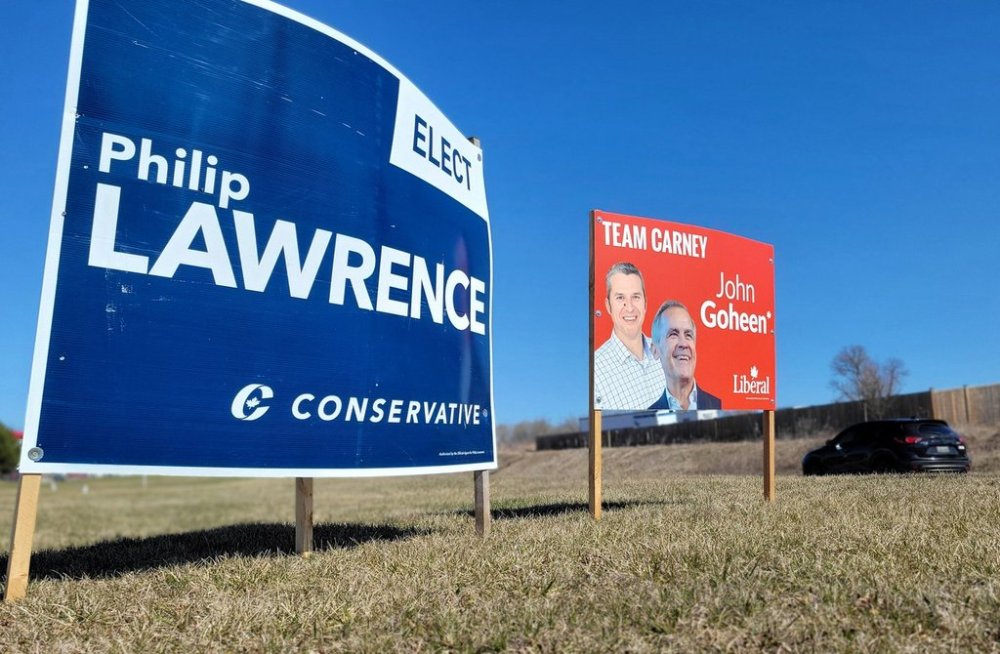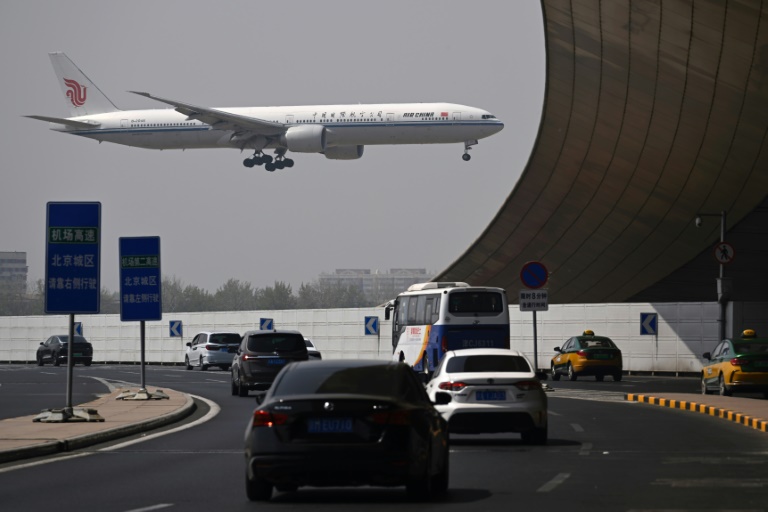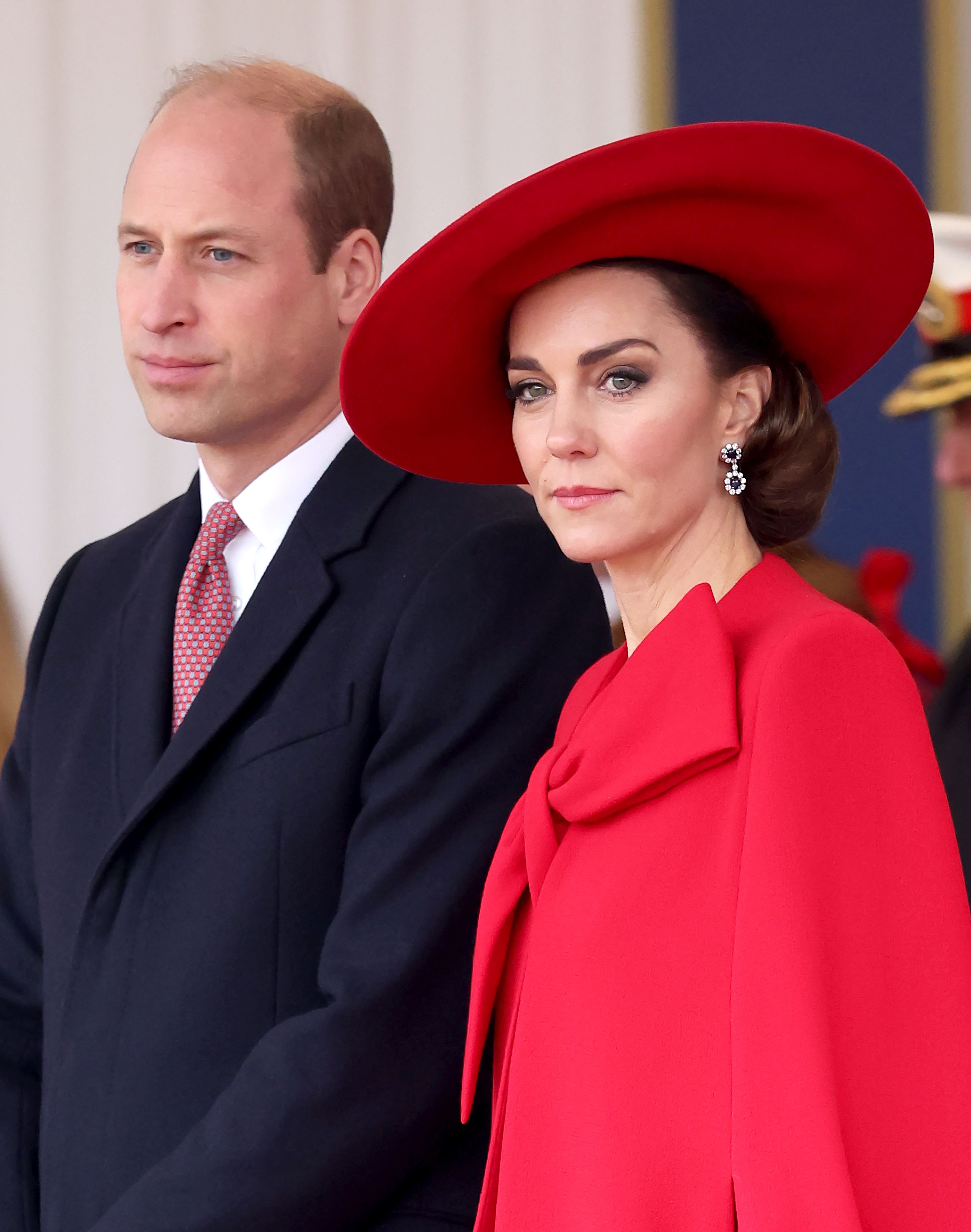TORONTO - For parties vying to form Canada's next federal government, there are few campaign targets as tempting as the Greater Toronto Area. Read this article for free: Already have an account? To continue reading, please subscribe: * To continue reading, please subscribe: *$1 will be added to your next bill. After your 4 weeks access is complete your rate will increase by $0.
00 a X percent off the regular rate. TORONTO - For parties vying to form Canada's next federal government, there are few campaign targets as tempting as the Greater Toronto Area. Read unlimited articles for free today: Already have an account? TORONTO – For parties vying to form Canada’s next federal government, there are few campaign targets as tempting as the Greater Toronto Area.

There are dozens of seats up for grabs in the city of Toronto and surrounding areas such as Peel, Durham and York regions, and part of that calculation for campaigners is a sheer numbers game. “Being shut out of the 905 and the 416 (the main GTA area codes), I don’t really see that as a legitimate path to victory,” said John O’Leary, a vice-president with the public affairs firm Crestview Strategy and a former Liberal staffer. “There’s really no other place that has the kind of concentration of ridings in one small area and for a party leader, they can campaign kind of across the GTA in one day.
” The Liberals have captured the bulk of the seats in Toronto in most recent elections, with some seats also being held by the NDP, and the Conservatives have had some successes there, particularly during the years Stephen Harper was prime minister. In the regions just outside the city of Toronto, many of the ridings tend to flip between blue and red and it isn’t a clear-cut, urban-suburban divide, said Jamie Ellerton, principal of strategic communications firm Conaptus and a former Conservative staffer. “The kind of simplified explanation, like red-blue divide and 416-905 divide, I think, oversimplifies it,” he said.
“I do think when you look at the more concentrated, higher-density, urban ridings in the 416, those definitely tend to be more a competition between the Liberals and the New Democrats, but when you get into the outskirts, into the Etobicokes, the outer part of North Toronto, North York and Scarborough, I think Conservatives often are overlooked in just how actually competitive they are in those areas.” An Abacus Data survey of 1,800 Canadians conducted between April 7 and April 10 suggested that while the Liberals had a four-point lead over the Conservatives nationally, that gap was bigger in Ontario at 10 points. There are a number of ridings in regions around Toronto that will be competitive between the Liberals and Conservatives, Abacus Data CEO David Coletto said, but he also has his eye on ridings outside of the GTA.
Southwestern Ontario is a region “highly sensitive” to trade issues with the United States, he said, and voters there are more open to the Liberals than in past elections because of the party’s focus on the impact of President Donald Trump’s tariffs. Another large part of the Liberals’ success in Ontario so far, Coletto said, is the relative lack of success for the NDP, which is polling quite low. The New Democrats have traditionally been able to win seats within the city of Toronto as well as in southwestern Ontario and Hamilton.
“That’s a big part of the story in Ontario, is the NDP vote is down substantially, and almost all of that swing is going to the Liberals,” he said. During Elections Get campaign news, insight, analysis and commentary delivered to your inbox during Canada's 2025 election. Though Trump and tariffs have undoubtedly taken centre stage in the election, Abacus polling suggests that more voters are motivated by cost of living and affordability than any other issue.
That is where some of the local factors come into play, Coletto said. Liberal Leader Mark Carney’s decision to eliminate the consumer carbon price on his first day as prime minister last month – after sustained attacks on the levy led by the Conservatives and their leader Pierre Poilievre – appears to be serving him well, Coletto said. “Mark Carney, I think, has taken some of the pressure off the Liberal brand by getting rid of the carbon tax.
..which in the 905 matters a lot because almost everybody commutes by car,” he said.
“I’m in the field now asking people, did they notice it, and who did they (give credit for it) and so far, it looks like more people are giving credit to Carney than Poilievre for that carbon tax cut.” This report by The Canadian Press was first published April 14, 2025. Advertisement Advertisement.
















